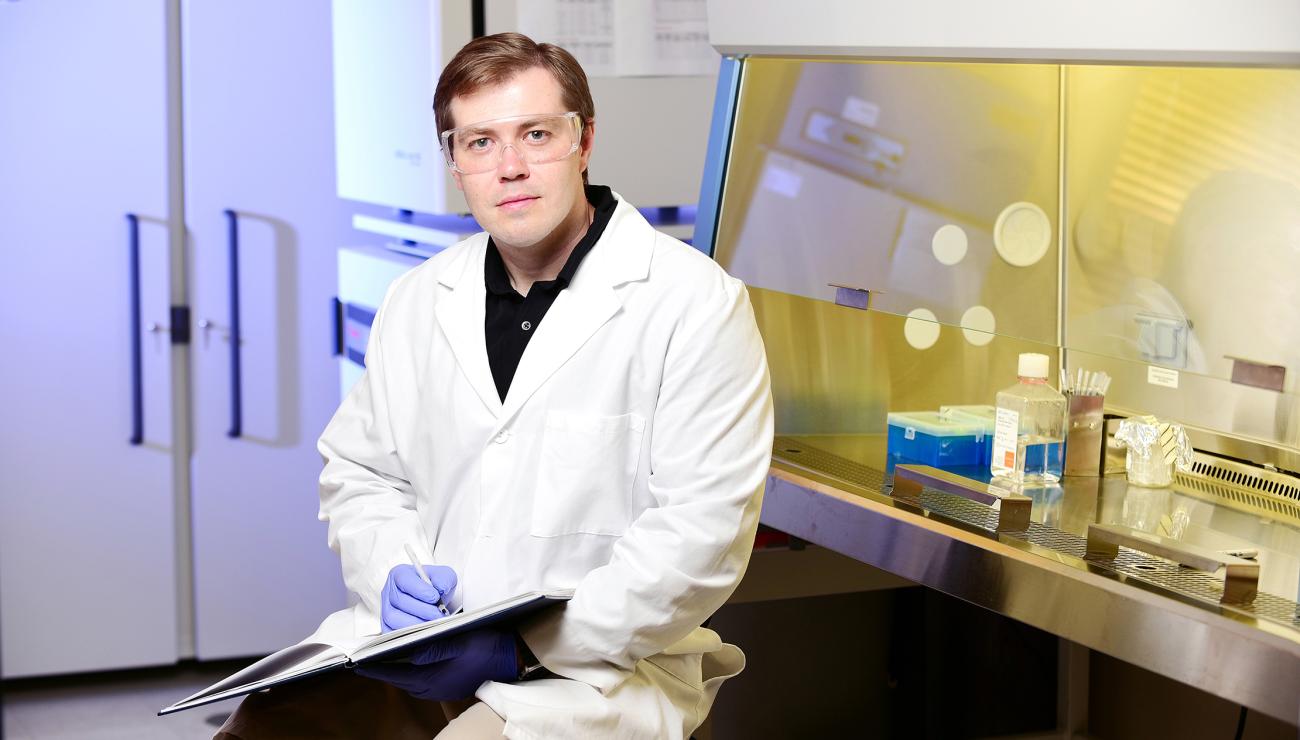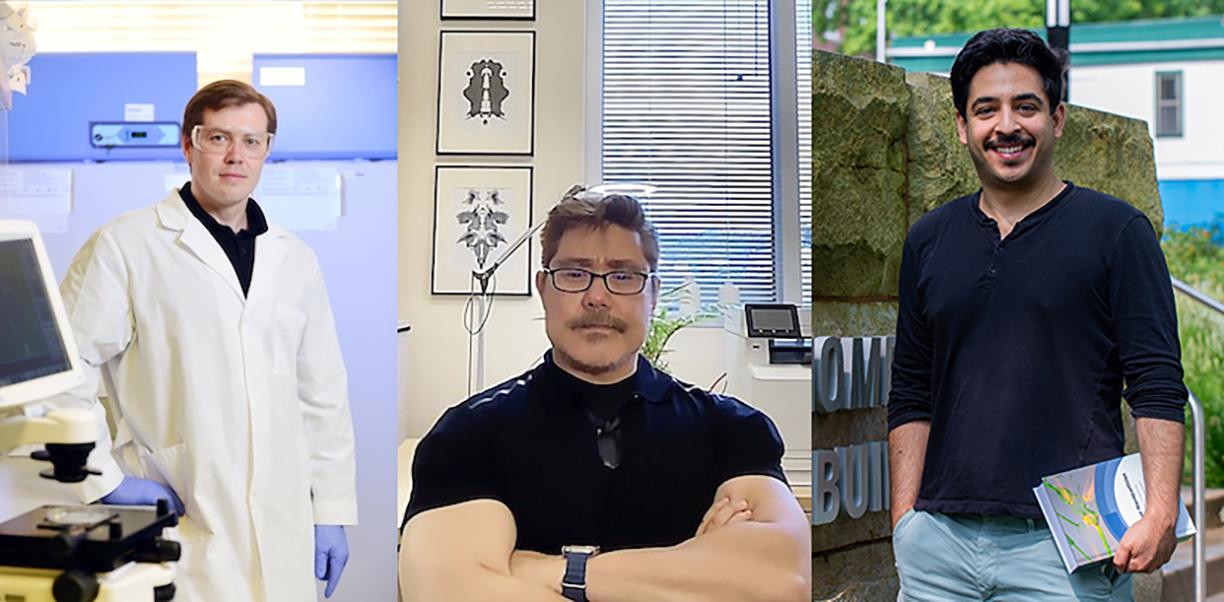When cancer cells metastasize, breaking away from the original tumor, they embark on a long-range trek, efficiently navigating a series of complex, crowded, and confined microenvironments before putting down toxic roots in another location.
It’s an aggressive, all-out cellular assault on the body, taking a ruinous toll on patients. Because while most metastatic cancers are manageable to some extent, they’re usually not curable.
But a new multi-institutional study focused on the mechanisms underlying this destructive cancer cell exodus, co-led by Georgia Tech/Emory researcher Denis Tsygankov, may offer hope to these patients. Published in the journal Advanced Science, the research team identifies the motor protein dynein as a driving force of metastasis, beyond its well-known role in intracellular trafficking.
“The team demonstrated that high expression of dynein in cancer patients strongly correlates with metastatic aggressiveness," said Tsygankov, associate professor in the Wallace H. Coulter Department of Biomedical Engineering at Georgia Tech and Emory University.
The dissemination of cancer cells through the body has been mostly linked to actomyosin-driven cell locomotion. But metastasis does not always line up so neatly with the forces resulting from actomyosin contractility. Indeed, in highly confined environments, actomyosin activity is reduced, allowing cells to change shape and squeeze through tight spaces in the extracellular matrix or between neighboring cells.
On the other hand, the study results indicate that dynein becomes indispensable under such conditions, playing a complementary force-generating role to actomyosin in migration through complex environments, such as during metastasis.
Tsygankov is one of three corresponding authors of the study, with Erdem Tabdanov (project lead) and Amir Sheikhi, both of Penn State University. Their collaborators included researchers from the University of Rochester and the U.S. Food and Drug Administration.
The project brings together multiple disciplines like cellular biomechanics (Tabdanov), bio-soft materials (Sheikhi), with the Tsygankov lab’s expertise in computational methods, including mathematical modeling and computer vision. For this study, his team developed a novel automated method for efficient identification and tracking of cells with complex dynamic shapes in label-free microscopy.
“With this research we’ve advanced our fundamental understanding of the molecular mechanisms of cell locomotion and identified an underappreciated role of dynein in this process,” Tsygankov said. “This opens up an opportunity for discovering new therapeutic strategies to fight aggressive metastasis.”
Citation: Yerbol Tagay, Sina Kheirabadi, Zaman Ataie, Rakesh K. Singh, Olivia Prince, Ashley Nguyen, Alexander S. Zhovmer, Xuefei Ma, Amir Sheikhi, Denis Tsygankov, Erdem D. Tabdanov. “Dynein-Powered Cell Locomotion Guides Metastasis of Breast Cancer,” Advanced Science. doi.org/10.1002/advs.202302229
Latest BME News
Jo honored for his impact on science and mentorship
The department rises to the top in biomedical engineering programs for undergraduate education.
Commercialization program in Coulter BME announces project teams who will receive support to get their research to market.
Courses in the Wallace H. Coulter Department of Biomedical Engineering are being reformatted to incorporate AI and machine learning so students are prepared for a data-driven biotech sector.
Influenced by her mother's journey in engineering, Sriya Surapaneni hopes to inspire other young women in the field.
Coulter BME Professor Earns Tenure, Eyes Future of Innovation in Health and Medicine
The grant will fund the development of cutting-edge technology that could detect colorectal cancer through a simple breath test
The surgical support device landed Coulter BME its 4th consecutive win for the College of Engineering competition.









